Home>Dining>Tableware>How To Remove Tarnish From Stainless Steel Cutlery
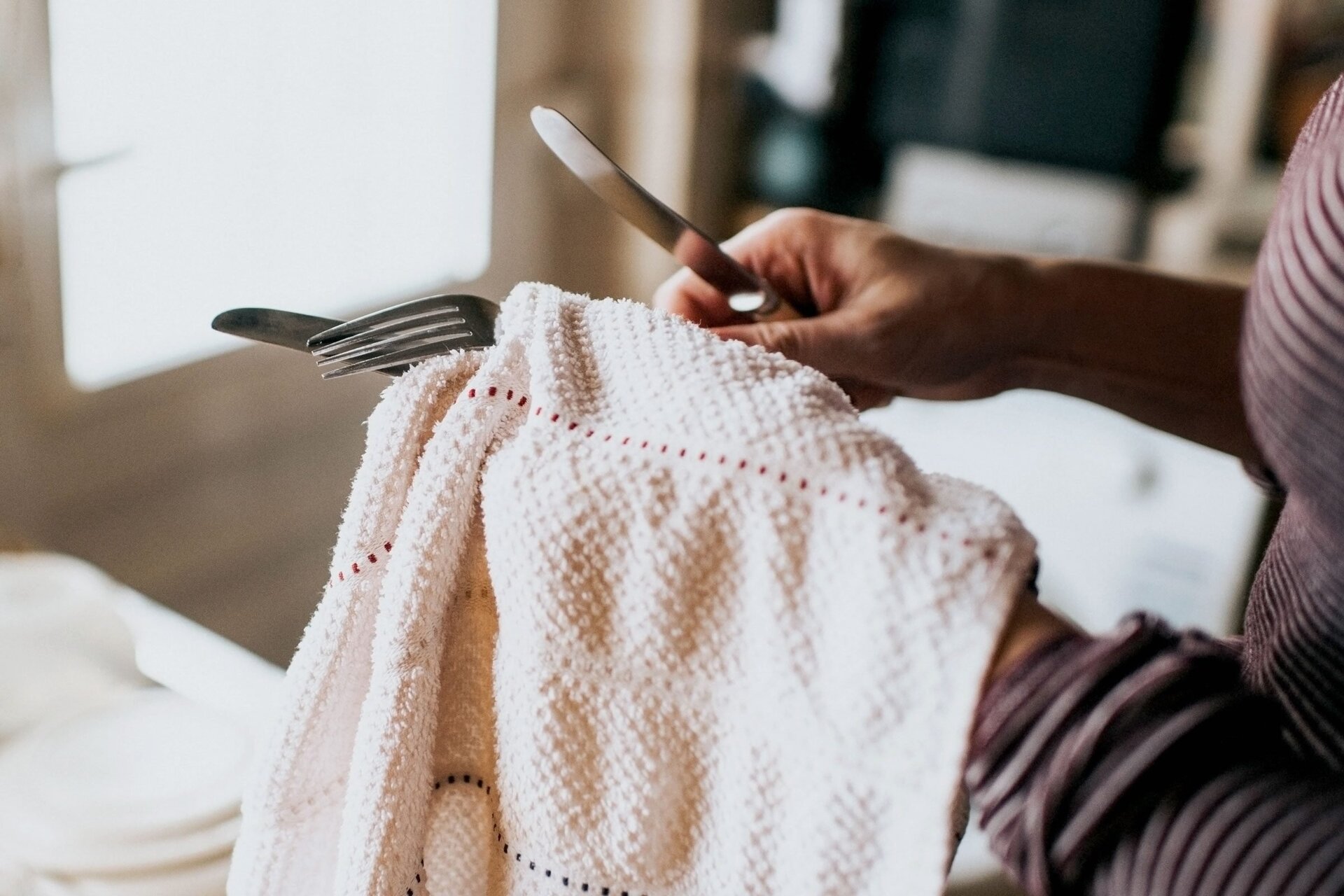

Tableware
How To Remove Tarnish From Stainless Steel Cutlery
Modified: January 9, 2024
Learn how to easily remove tarnish from your stainless steel cutlery with our effective tableware cleaning tips. Keep your tableware looking as good as new!
(Many of the links in this article redirect to a specific reviewed product. Your purchase of these products through affiliate links helps to generate commission for Storables.com, at no extra cost. Learn more)
Introduction
Having tarnished stainless steel cutlery can be frustrating, especially when you want your tableware to sparkle and shine. Tarnish occurs when a thin layer of corrosion forms on the surface of the stainless steel, resulting in a dull, discolored appearance. Fortunately, there are several effective methods for removing tarnish and restoring the luster of your stainless steel cutlery.
In this article, we will explore the causes of tarnish on stainless steel cutlery, provide tips for preventing tarnish, and outline five different methods for removing tarnish from your tableware. Whether you prefer natural remedies using household ingredients or commercial stainless steel cleaners, we have got you covered.
So, let’s dive in and learn how to make your stainless steel cutlery shine bright once again!
Key Takeaways:
- Keep your stainless steel cutlery tarnish-free by storing, cleaning, and maintaining it properly. Choose from natural remedies like baking soda and vinegar, or opt for commercial stainless steel cleaners for tougher tarnish.
- Restore the shine of your stainless steel cutlery with methods like using baking soda paste, vinegar and lemon juice solution, toothpaste, commercial stainless steel cleaner, or stainless steel polish. Regular maintenance and proper care are key to preserving the luster.
Read more: How To Shine Stainless Steel Cutlery
What Causes Tarnish on Stainless Steel Cutlery?
Tarnish on stainless steel cutlery can be caused by a variety of factors. Understanding these causes can help you prevent tarnish from forming in the first place and take necessary precautions to maintain the shine of your tableware.
1. Oxygen Exposure: Stainless steel contains chromium, which reacts with oxygen to form a protective layer on the surface of the metal. However, if this layer is damaged or compromised, oxygen from the air can react with the iron content in the stainless steel, leading to tarnish.
2. Moisture and Humidity: Exposure to moisture and high humidity can accelerate the oxidation process, leading to tarnish on stainless steel cutlery. This is particularly common in environments like kitchens and bathrooms where there is frequent exposure to water and steam.
3. Acidic Foods: Acidic foods or ingredients such as citrus fruits, vinegar, tomatoes, and certain condiments can corrode the protective layer on stainless steel cutlery and cause tarnish. If the protective layer is damaged, the metal becomes more susceptible to tarnish.
4. Improper Cleaning: Using abrasive cleaners, steel wool, or harsh chemicals can scratch the surface of the stainless steel and weaken its protective layer. These scratches provide a breeding ground for tarnish to develop.
5. Salt and Minerals: Salt and minerals present in water or food can interact with the stainless steel and leave behind deposits that can contribute to tarnish over time. It is important to rinse and dry your cutlery thoroughly to prevent these deposits from accumulating.
Now that we know the common causes of tarnish on stainless steel cutlery, let’s explore some tips for preventing tarnish and keeping your tableware looking its best.
Tips for Preventing Tarnish on Stainless Steel Cutlery
Prevention is key when it comes to keeping your stainless steel cutlery tarnish-free. By following these tips, you can extend the lifespan of your tableware and maintain its shine:
- Proper Storage: Store your stainless steel cutlery in a dry, well-ventilated area. Avoid storing them in damp conditions, as moisture can accelerate tarnish formation. Use silverware trays or individual sleeves to prevent scratching and rubbing against other metal utensils.
- Regular Cleaning: Clean your stainless steel cutlery after each use to remove any acidic or corrosive residue. Handwashing with mild dish soap and warm water is usually sufficient. Avoid aggressive scrubbing and use a soft sponge or cloth to prevent scratches. Immediately dry the cutlery to prevent water spots or mineral deposits.
- Avoid Harsh Chemicals: Avoid using abrasive cleaners, bleach, ammonia, or other harsh chemicals on your stainless steel cutlery. These substances can damage the protective layer and promote tarnish formation.
- Use Non-Acidic Detergents: Opt for non-acidic dishwashing detergents when cleaning your stainless steel cutlery. Acidic detergents can strip away the protective layer and make the metal more prone to tarnish.
- Avoid Prolonged Exposure to Acidic Foods: If you are serving or cooking acidic foods, such as tomatoes or lemon juice, avoid leaving the cutlery in contact with the food for an extended period. Acidic substances can corrode the stainless steel and lead to tarnish.
- Regular Maintenance: Periodically inspect your stainless steel cutlery for any signs of tarnish or damage. If you notice any, promptly address the issue using one of the tarnish removal methods we will discuss later in this article.
- Polishing: Use a stainless steel polish specifically designed for cutlery to maintain its shine. Polishing helps remove minor tarnishing and provides a protective barrier against future tarnish formation. Follow the manufacturer’s instructions for application and always test on a small, inconspicuous area first.
By implementing these tips into your routine, you can prevent tarnish from forming on your stainless steel cutlery and ensure that it remains in pristine condition for years to come. Now, let’s explore the various methods you can use to remove tarnish when it does occur.
Method 1: Using Baking Soda and Water
Baking soda, also known as sodium bicarbonate, is a natural and versatile ingredient that can be used to remove tarnish from stainless steel cutlery. It acts as a gentle abrasive that helps lift away stains and restore the shine of your tableware. Here’s how to use baking soda and water to remove tarnish:
- Create a Baking Soda Paste: Mix a small amount of baking soda with water to form a thick paste. The consistency should be similar to toothpaste.
- Apply the Paste: Using a soft cloth or sponge, apply the baking soda paste to the tarnished areas of your stainless steel cutlery. Rub the paste gently in circular motions to ensure even coverage.
- Let it Sit: Allow the baking soda paste to sit on the tarnished areas for about 10-15 minutes. This will allow the baking soda to penetrate and loosen the tarnish.
- Scrub and Rinse: After the designated time, use a soft-bristle brush or non-abrasive sponge to scrub the tarnished areas. Apply gentle pressure and continue to scrub until the tarnish is removed. Rinse the cutlery thoroughly with warm water.
- Dry and Polish: Once the tarnish is successfully removed, dry the cutlery with a clean, lint-free cloth. For extra shine, you can polish the stainless steel using a stainless steel polish specifically designed for cutlery.
Baking soda is a mild and effective cleaning agent, making it a great option for removing tarnish from stainless steel cutlery. It is safe to use and readily available in most households. However, if the tarnish is severe or persistent, you might need to consider alternative methods. Let’s explore another method using vinegar and lemon juice.
Method 2: Using Vinegar and Lemon Juice
Another effective method for removing tarnish from stainless steel cutlery involves the use of vinegar and lemon juice. These natural ingredients contain acidic properties that can help break down tarnish and restore the shine to your tableware. Here’s how to use vinegar and lemon juice to remove tarnish:
- Prepare the Solution: In a small bowl, mix equal parts white vinegar and lemon juice. The acidity in these liquids will work together to dissolve the tarnish.
- Soak the Cutlery: Submerge the tarnished stainless steel cutlery in the vinegar and lemon juice solution. Allow the cutlery to soak for approximately 30 minutes to an hour. This will give the solution enough time to work its magic and loosen the tarnish.
- Scrub and Rinse: After the soaking period, use a soft-bristle brush or non-abrasive sponge to gently scrub away the tarnish. Apply light pressure and continue scrubbing until the tarnish is removed. Rinse the cutlery thoroughly with warm water to remove any residue.
- Dry and Polish: Once the tarnish is successfully removed, dry the cutlery using a clean, lint-free cloth. To further enhance the shine, consider using a stainless steel polish specifically designed for cutlery. Apply the polish according to the manufacturer’s instructions.
Remember to exercise caution while using acidic solutions like vinegar and lemon juice. They can be effective in removing tarnish, but prolonged exposure to these acidic substances can damage the protective layer of the stainless steel. It’s always a good idea to rinse the cutlery thoroughly after using this method.
If the tarnish persists or if you prefer a non-acidic approach, you can try using toothpaste and a soft cloth, which we will discuss in the next method.
To remove tarnish from stainless steel cutlery, create a paste with baking soda and water. Apply the paste to the tarnished areas, let it sit for a few minutes, then scrub with a soft cloth or sponge. Rinse and dry thoroughly.
Read more: How To Remove Rust From Stainless Steel Sink
Method 3: Using Toothpaste and a Soft Cloth
Toothpaste is not only great for keeping your teeth clean and shiny, but it can also be used to remove tarnish from stainless steel cutlery. The mild abrasiveness of toothpaste, combined with its cleaning properties, can effectively lift away tarnish and restore the luster of your tableware. Here’s how to use toothpaste to remove tarnish:
- Select a Non-Gel Toothpaste: Choose a non-gel toothpaste that does not contain any whitening agents or abrasive crystals. These additives can be too harsh for stainless steel and cause scratching.
- Apply the Toothpaste: Squeeze a small amount of toothpaste onto a soft cloth or sponge. Gently rub the toothpaste onto the tarnished areas of your stainless steel cutlery in circular motions. Ensure that the tarnished areas are fully covered with an even layer of toothpaste.
- Let it Sit: Allow the toothpaste to sit on the tarnished areas for approximately 5-10 minutes. This will allow the toothpaste to adhere to the tarnish and work its magic.
- Scrub and Rinse: After the designated time, use the soft cloth or sponge to gently scrub the tarnished areas. Apply light pressure and continue scrubbing until the tarnish is lifted. Rinse the cutlery thoroughly with warm water to remove any excess toothpaste.
- Dry and Polish: Once the tarnish is successfully removed, dry the cutlery using a clean, lint-free cloth. For an added shine, you can polish the stainless steel with a stainless steel polish specifically designed for cutlery.
Toothpaste is a readily available and affordable option for removing tarnish from stainless steel cutlery. However, remember to choose a non-abrasive toothpaste and avoid any harsh scrubbing that could potentially damage the metal. If toothpaste doesn’t provide the desired results, you can consider using a commercial stainless steel cleaner, which we will discuss in the next method.
Method 4: Using Commercial Stainless Steel Cleaner
If natural remedies and DIY methods haven’t been effective in removing tarnish from your stainless steel cutlery, you may want to consider using a commercial stainless steel cleaner. These cleaners are specifically formulated to tackle tough stains and tarnish while restoring the shine of your tableware. Here’s how to use a commercial stainless steel cleaner:
- Select a Suitable Cleaner: Choose a commercial stainless steel cleaner that is safe to use on cutlery. Read the instructions and ensure that it is suitable for the type of stainless steel you have.
- Prep the Cutlery: Before applying the cleaner, make sure your cutlery is free from any loose debris. You can wash it with mild dish soap and warm water, then dry it thoroughly with a clean cloth.
- Apply the Cleaner: Follow the instructions on the cleaner’s packaging. Apply a small amount of the cleaner onto a soft cloth or sponge and begin gently rubbing it onto the tarnished areas of your cutlery.
- Work in Small Sections: To ensure even coverage and effective tarnish removal, work on one section of the cutlery at a time. Use circular motions and moderate pressure to thoroughly clean the tarnished areas.
- Rinse and Dry: Once you have cleaned all the tarnished areas, rinse the cutlery thoroughly with warm water to remove any residue from the cleaner. Dry the cutlery with a clean, lint-free cloth.
- Polish (if necessary): If desired, you can further enhance the shine by using a stainless steel polish specifically designed for cutlery. Follow the manufacturer’s instructions for application.
Commercial stainless steel cleaners can be a convenient and effective solution for removing tarnish from your cutlery. However, it’s important to always follow the instructions provided with the cleaner and exercise caution while using chemical-based products. Test the cleaner on a small, inconspicuous area first to ensure compatibility and avoid any potential damage to the stainless steel surface.
If you prefer a more natural approach, you can try using a stainless steel polish, which we will discuss in the next method.
Method 5: Using a Stainless Steel Polish
If you want to give your stainless steel cutlery an extra shine, using a stainless steel polish can be a fantastic option. Stainless steel polishes are specially formulated to remove tarnish, smudges, and fingerprints while leaving a protective layer that helps prevent future tarnish. Follow these steps to use a stainless steel polish:
- Select a Suitable Stainless Steel Polish: Choose a stainless steel polish that is specifically designed for use on cutlery. Make sure it is safe for the type of stainless steel you have.
- Prep the Cutlery: Ensure that your cutlery is clean and free from any loose debris. Wash it with mild dish soap and warm water, then dry it thoroughly with a clean cloth.
- Apply the Polish: Shake the stainless steel polish well to mix the ingredients. Apply a small amount of polish onto a soft, lint-free cloth or sponge.
- Polish the Cutlery: Rub the polish onto the stainless steel cutlery in the direction of the grain. Use light to moderate pressure and continue rubbing until the tarnish is removed and the desired shine is achieved.
- Buff and Shine: Once you have polished the tarnished areas, use a clean section of the cloth to buff the cutlery. This will help remove any excess polish and reveal a brilliant shine.
- Inspect and Repeat (if necessary): Inspect the cutlery for any remaining tarnish or dull spots. If needed, repeat the polishing process on those specific areas.
Stainless steel polishes are a great option for restoring the shine of your cutlery and providing a protective barrier against future tarnish. However, it’s important to note that excessive polishing can lead to an uneven appearance, so use it sparingly and only when needed.
Now that you have learned five different methods to remove tarnish from stainless steel cutlery, you can choose the one that suits your preferences and available materials. Remember to exercise caution, follow instructions carefully, and test any new cleaning method on a small, inconspicuous area before applying it to your entire cutlery set.
By taking good care of your stainless steel cutlery, practicing preventive measures, and addressing tarnish promptly, you can keep your tableware looking beautiful and ensure its longevity.
Happy cleaning and enjoy your sparkling stainless steel cutlery!
Conclusion
Keeping your stainless steel cutlery tarnish-free and looking its best doesn’t have to be a daunting task. By understanding the causes of tarnish and implementing preventive measures, you can minimize the appearance of tarnish and maintain the shine of your tableware for years to come.
We explored various methods for removing tarnish from stainless steel cutlery, including using baking soda and water, vinegar and lemon juice, toothpaste, commercial stainless steel cleaner, and stainless steel polish. Each method offers its own unique approach to tackling tarnish, allowing you to choose the method that suits your preferences and materials available.
Remember to always follow the instructions provided with the cleaning agents or products you use. Exercise caution, especially when using abrasive materials and chemical-based cleaners. Test any new cleaning method on a small, inconspicuous area of your cutlery before applying it to the entire set.
By regularly cleaning your stainless steel cutlery, avoiding harsh chemicals, and practicing proper storage and maintenance, you can enjoy the beauty and shine of your tableware for many meals to come.
So, roll up your sleeves, pick your preferred tarnish removal method, and get ready to restore the luster of your stainless steel cutlery. May your table be filled with gleaming spoons, forks, and knives that elevate your dining experience!
Frequently Asked Questions about How To Remove Tarnish From Stainless Steel Cutlery
Was this page helpful?
At Storables.com, we guarantee accurate and reliable information. Our content, validated by Expert Board Contributors, is crafted following stringent Editorial Policies. We're committed to providing you with well-researched, expert-backed insights for all your informational needs.
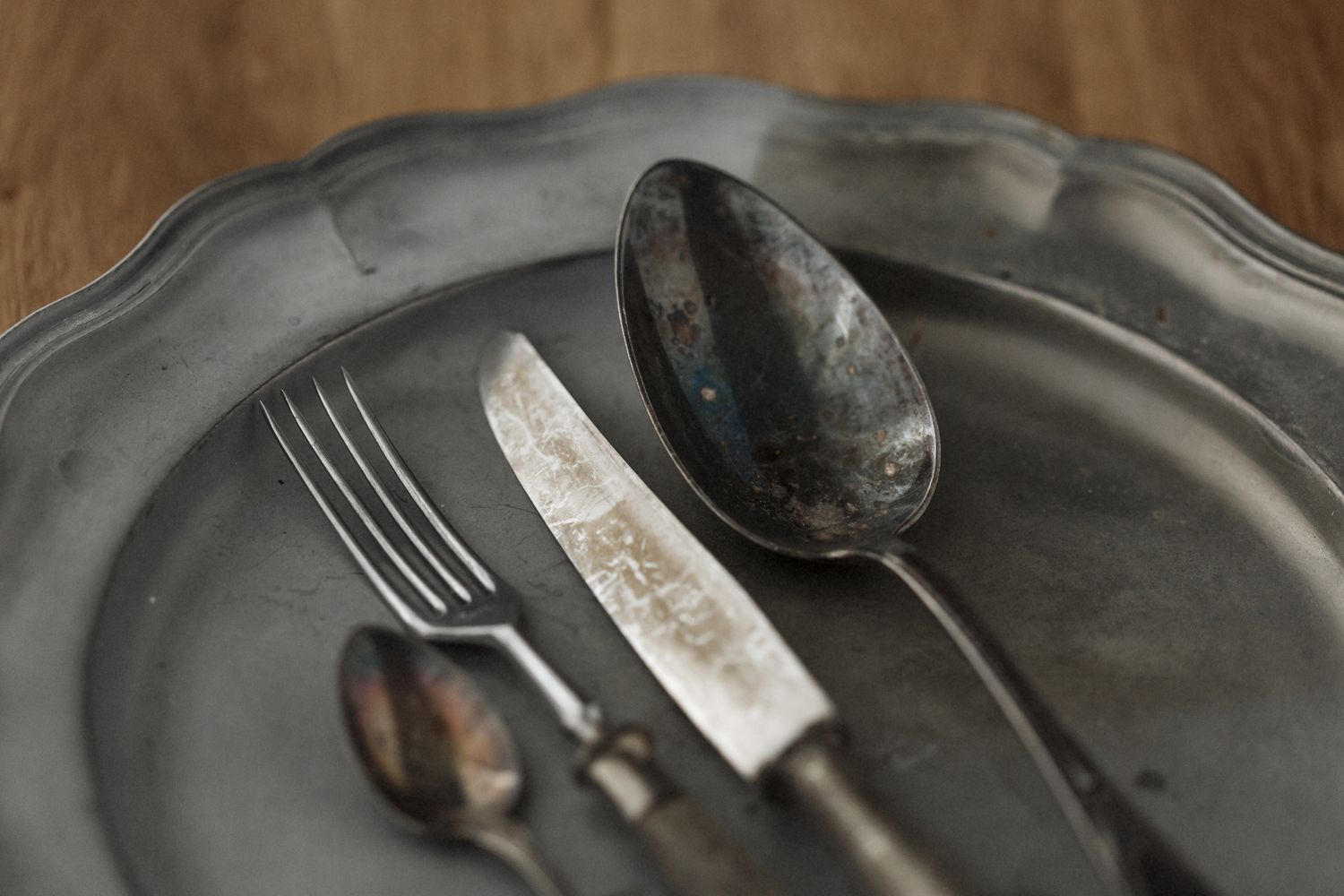
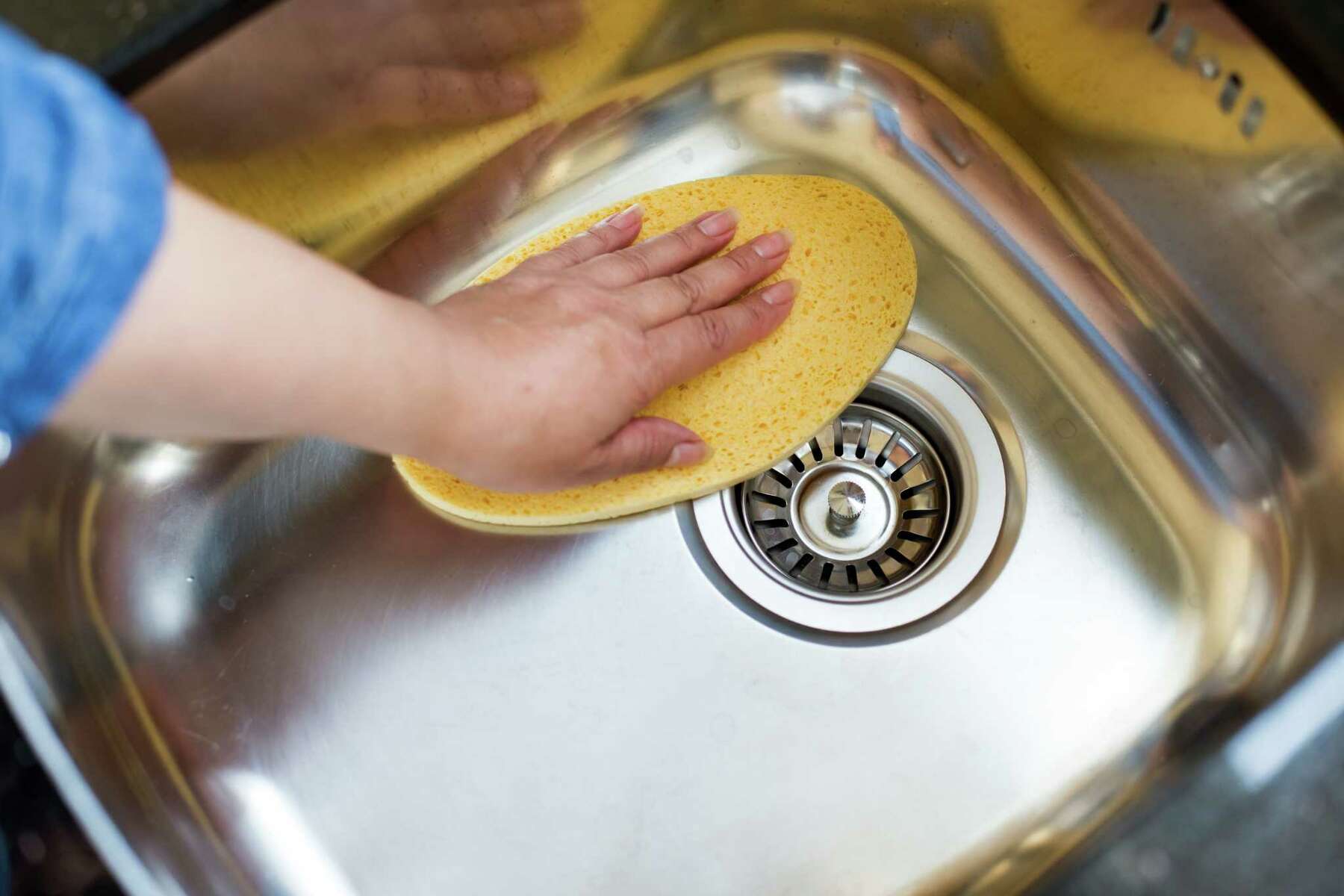
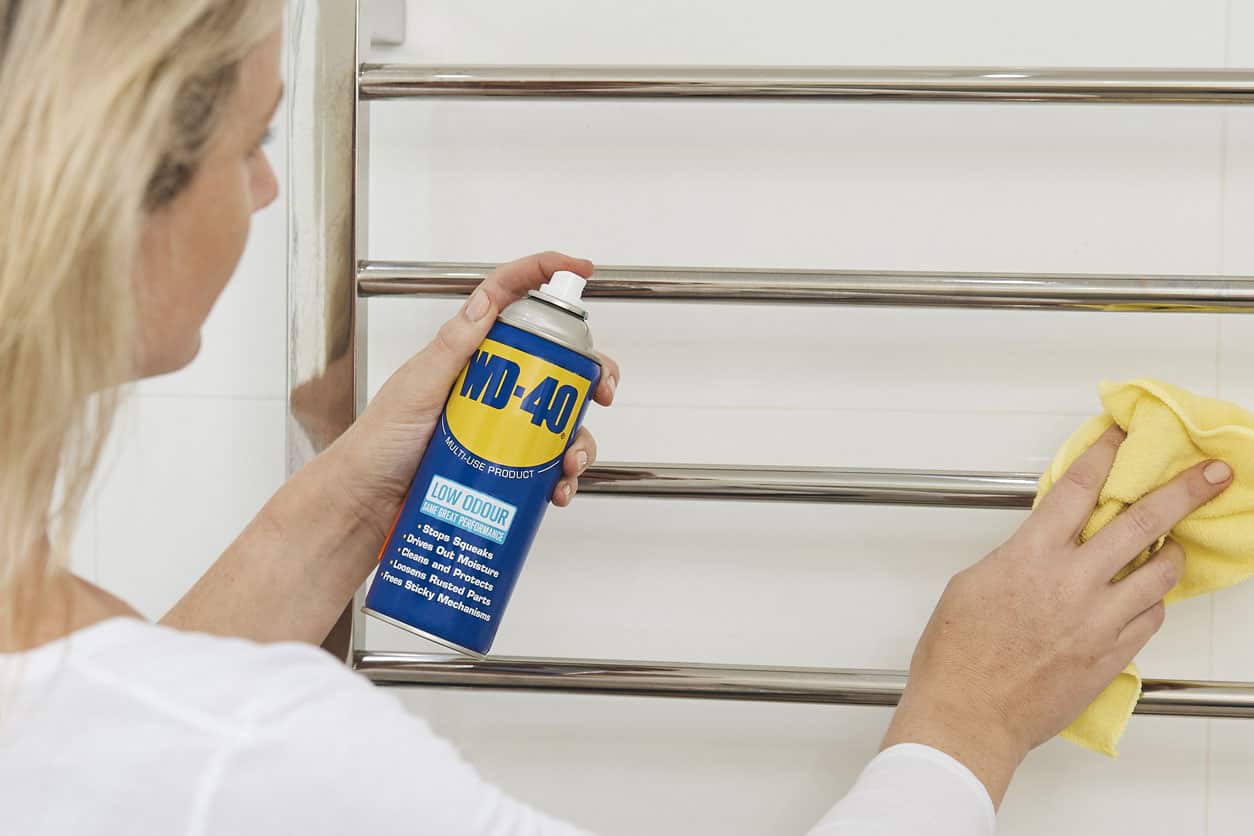
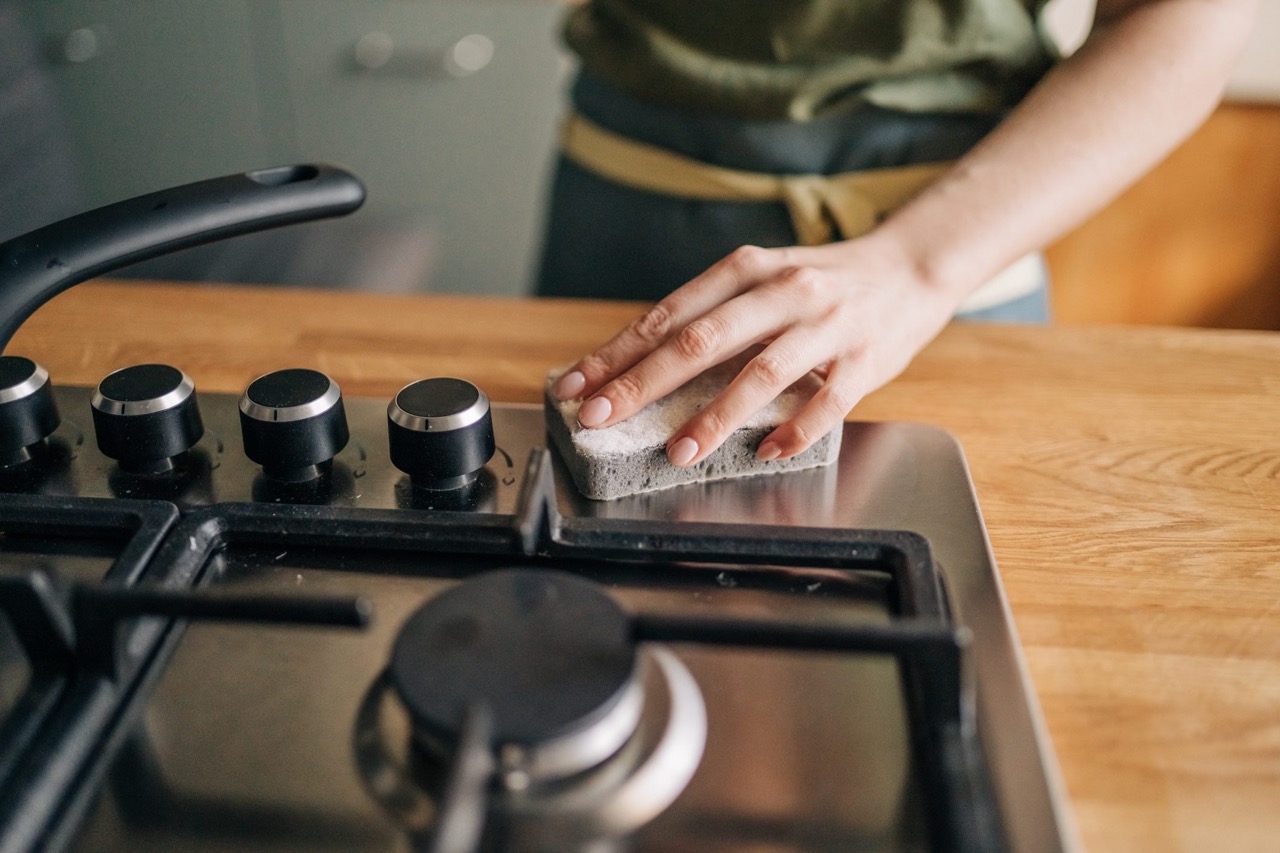
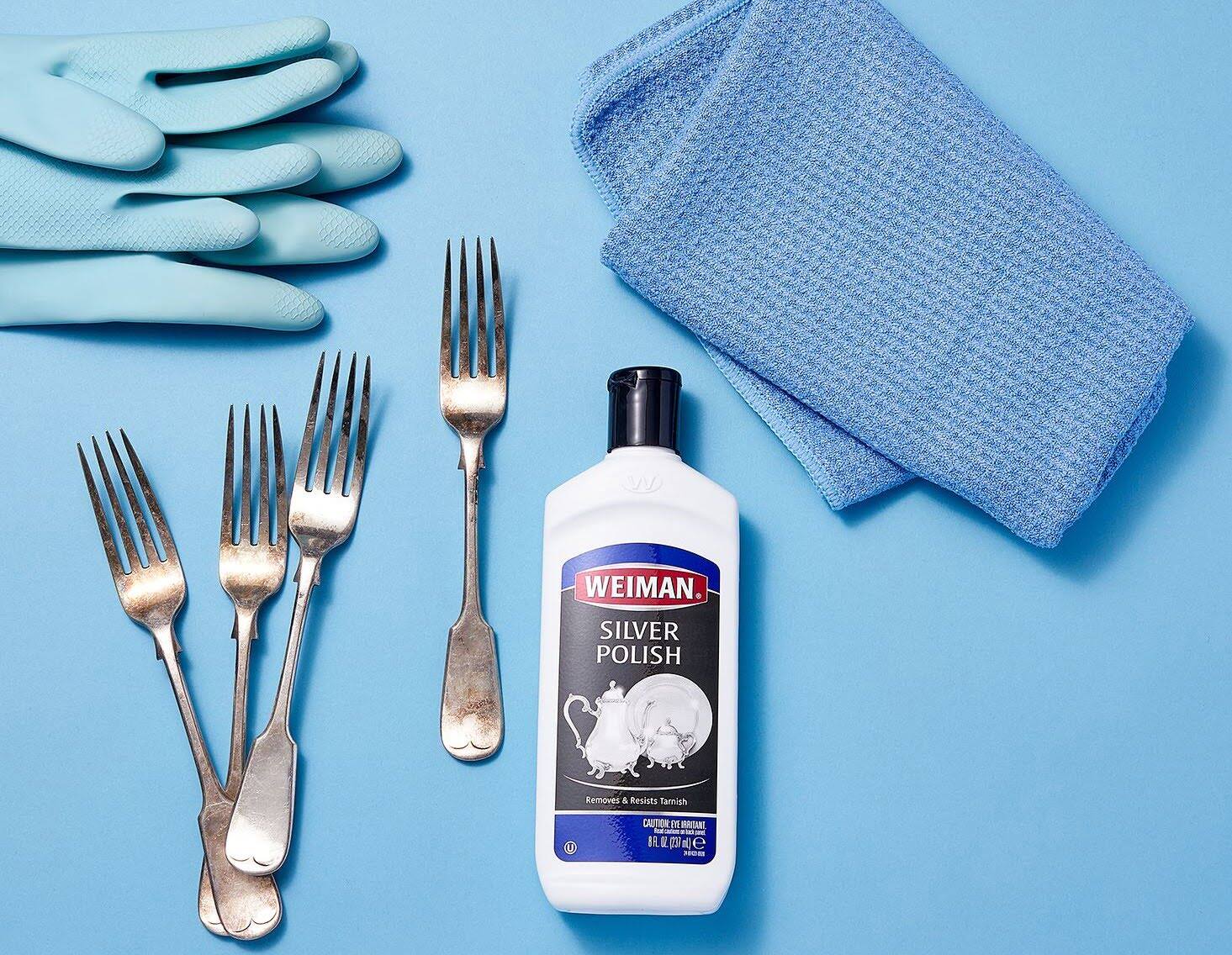
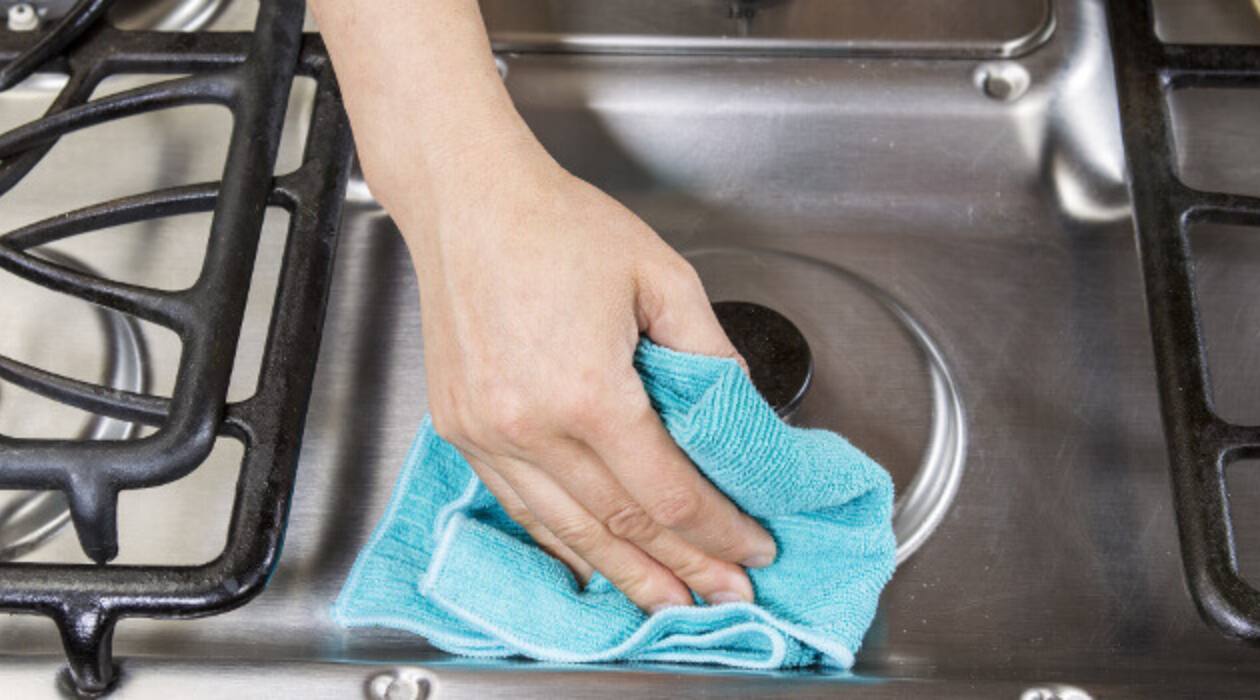
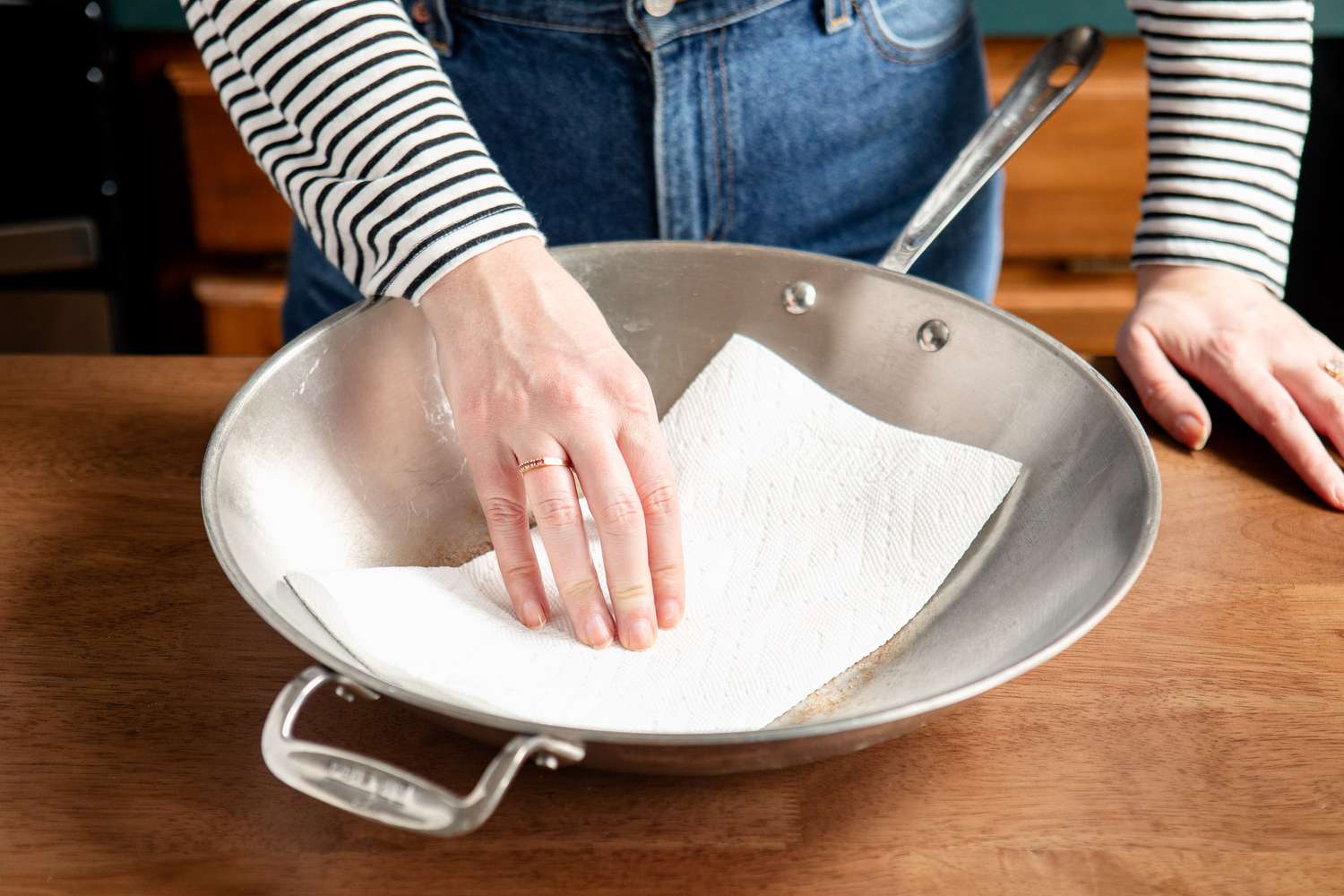
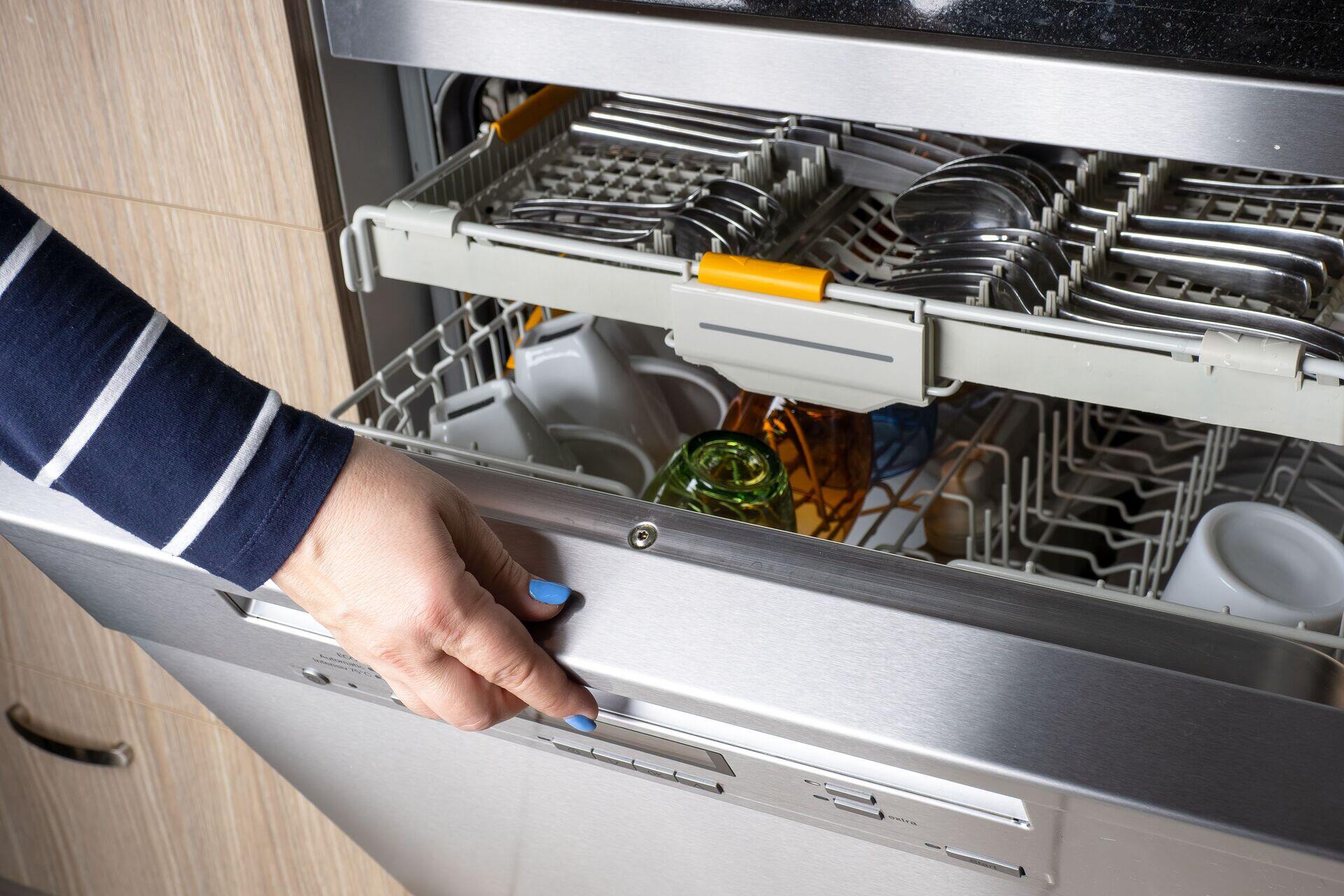
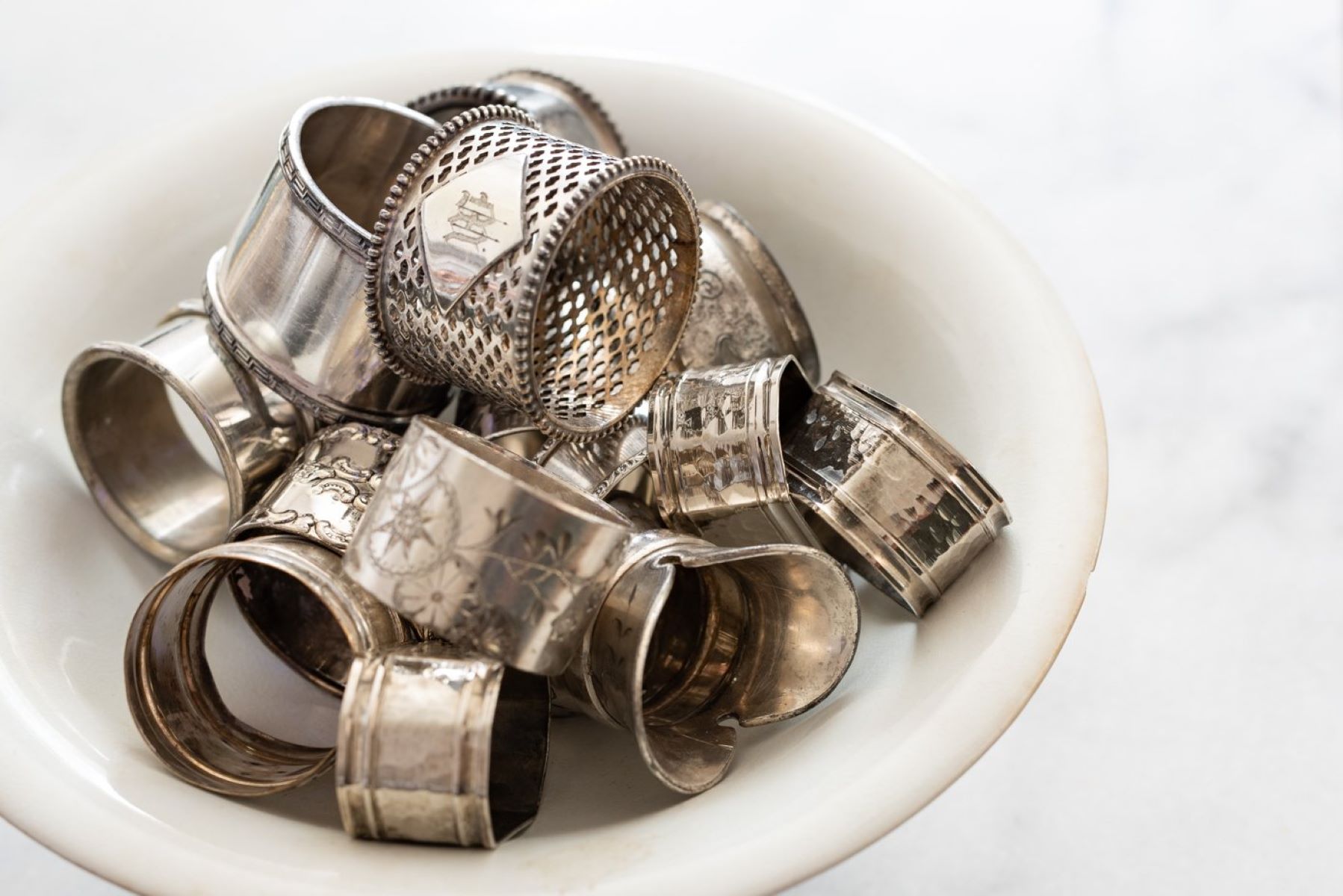
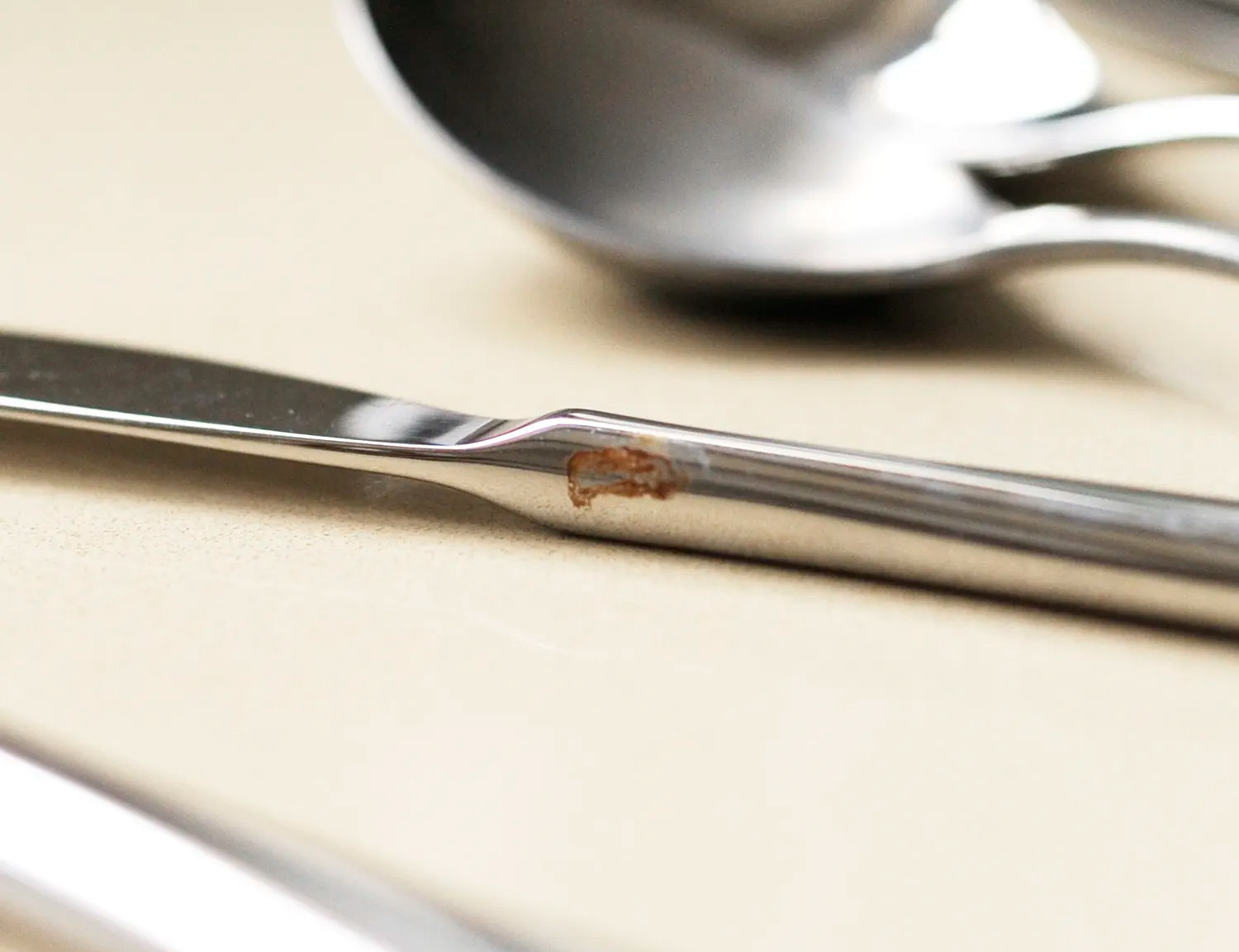
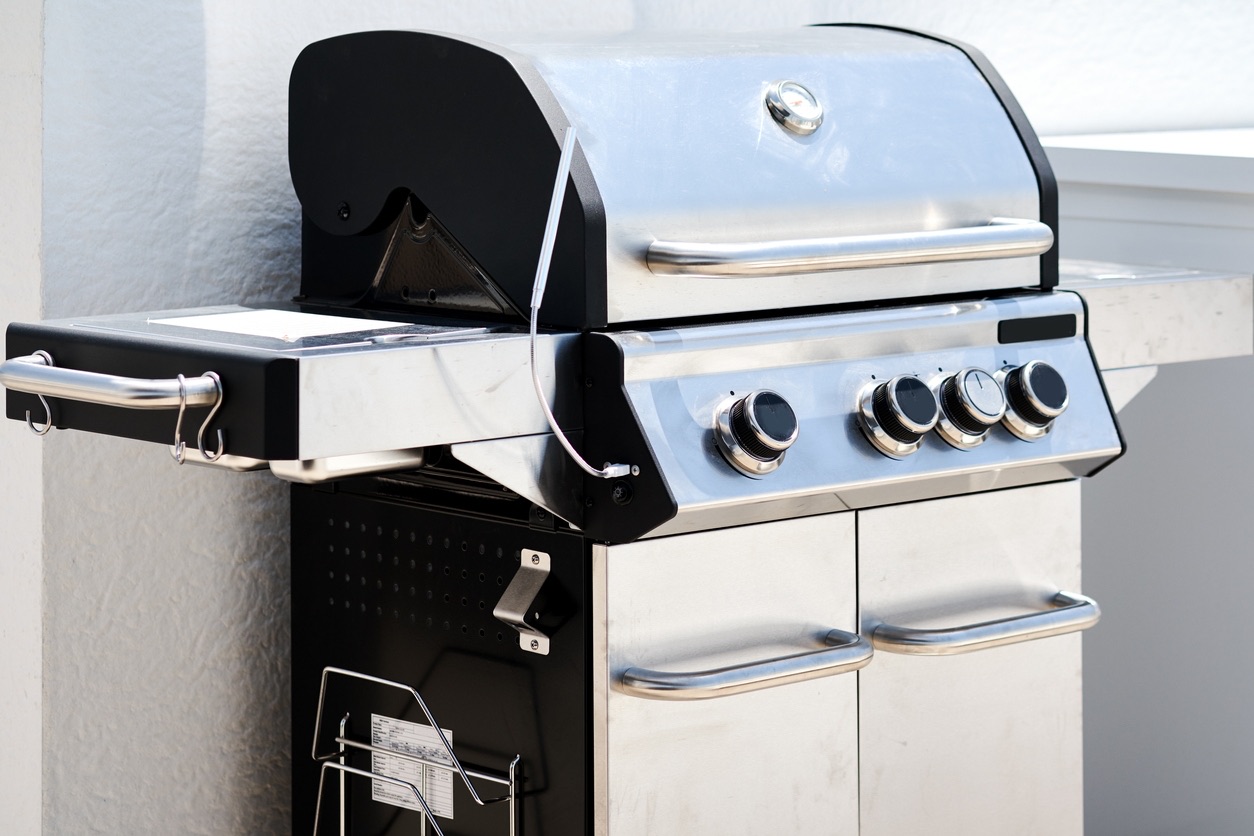
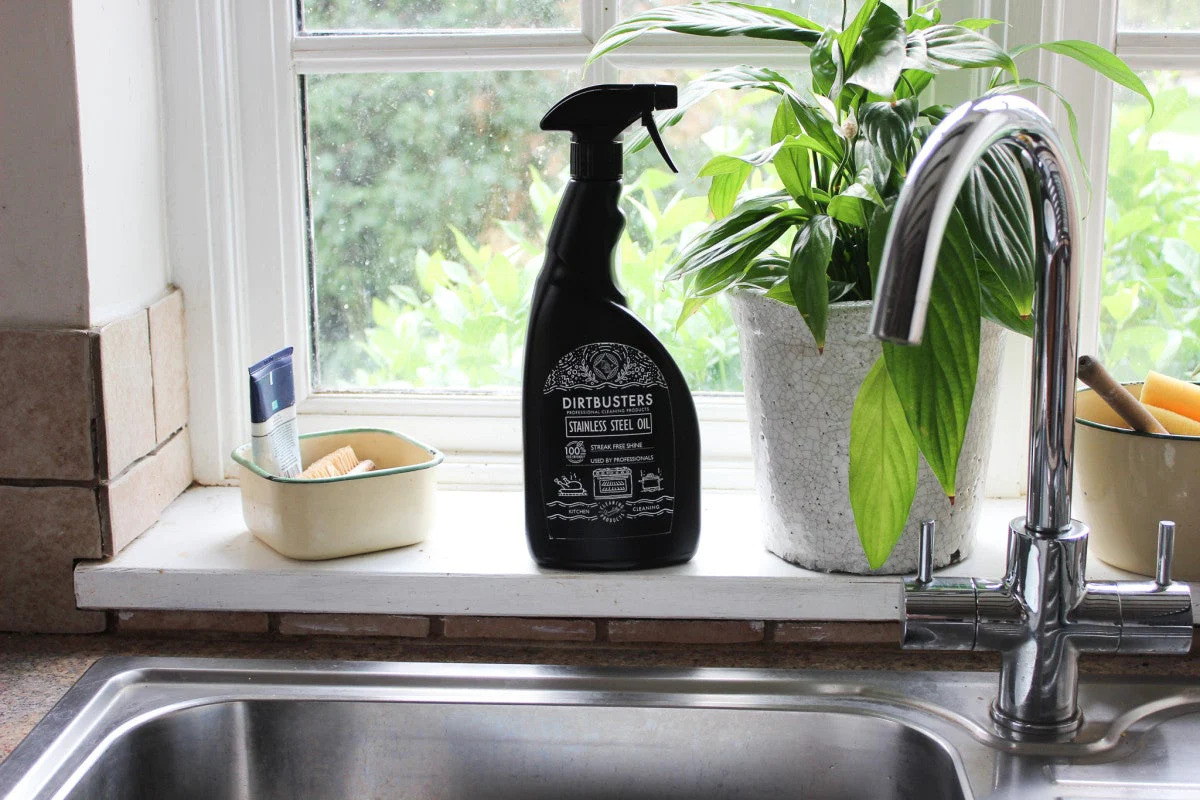
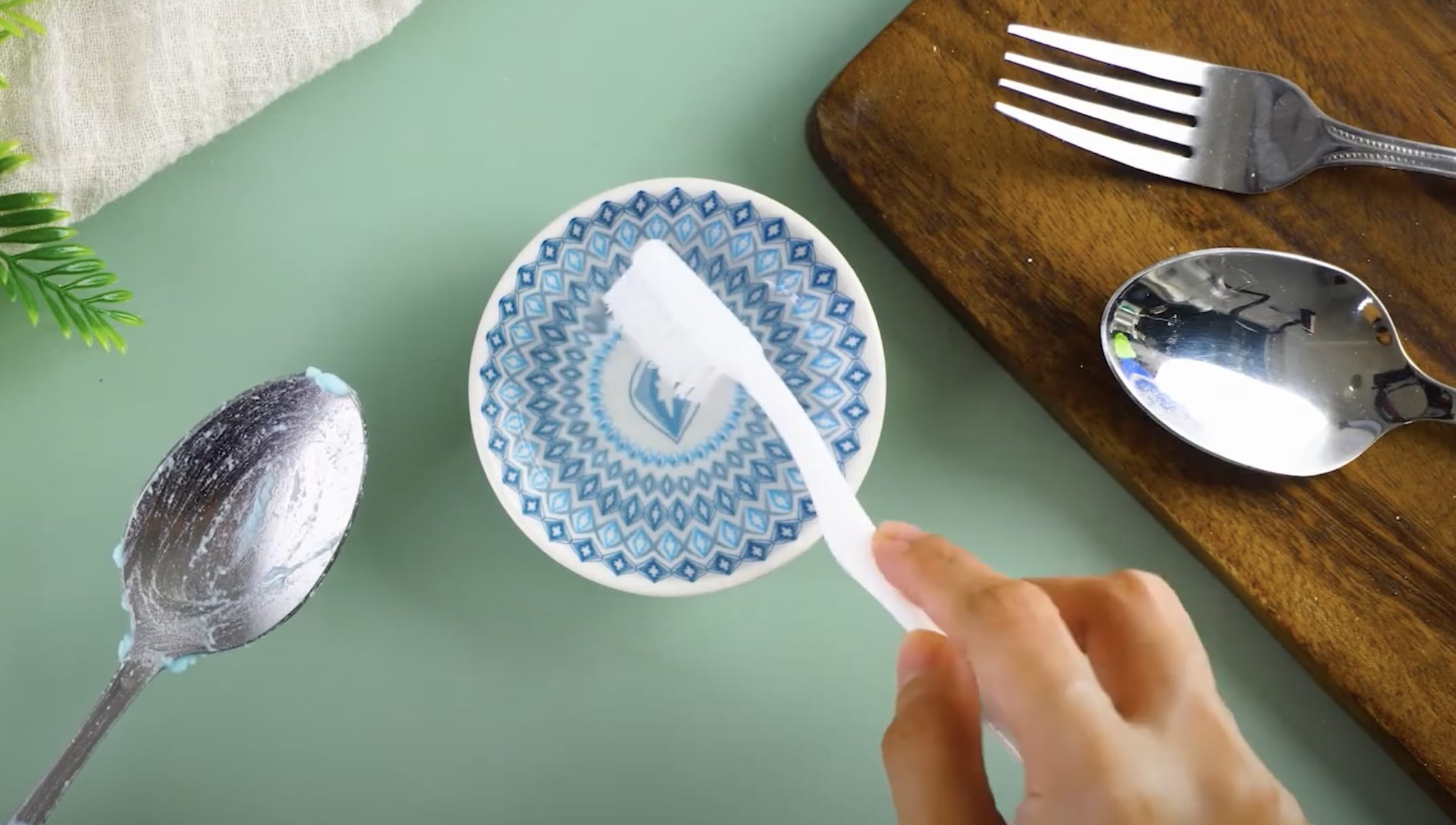
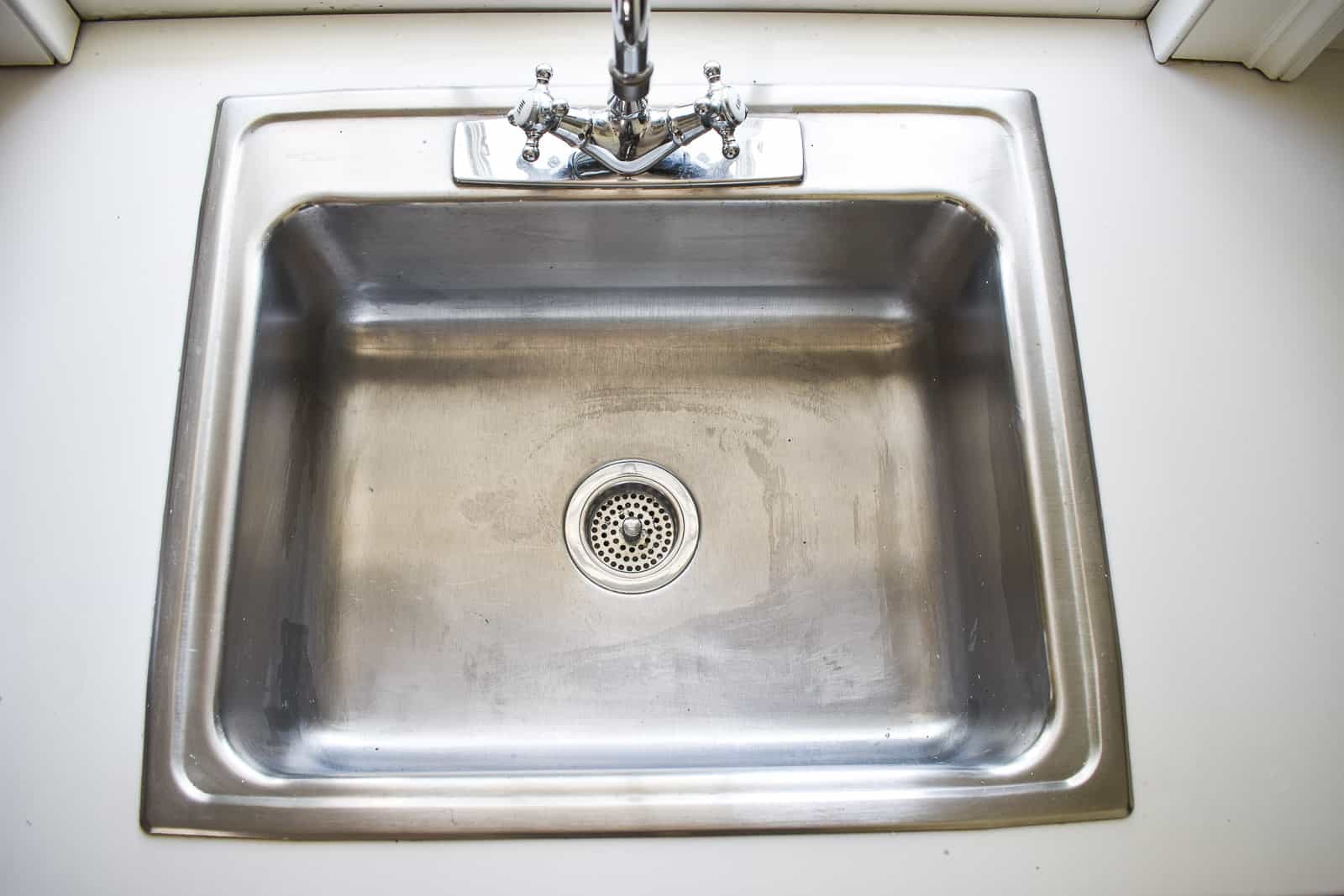

0 thoughts on “How To Remove Tarnish From Stainless Steel Cutlery”